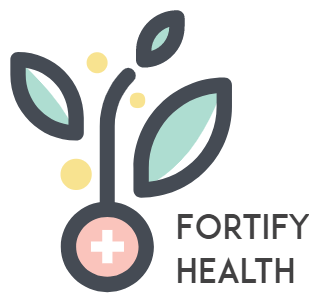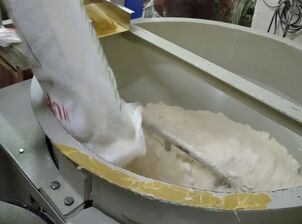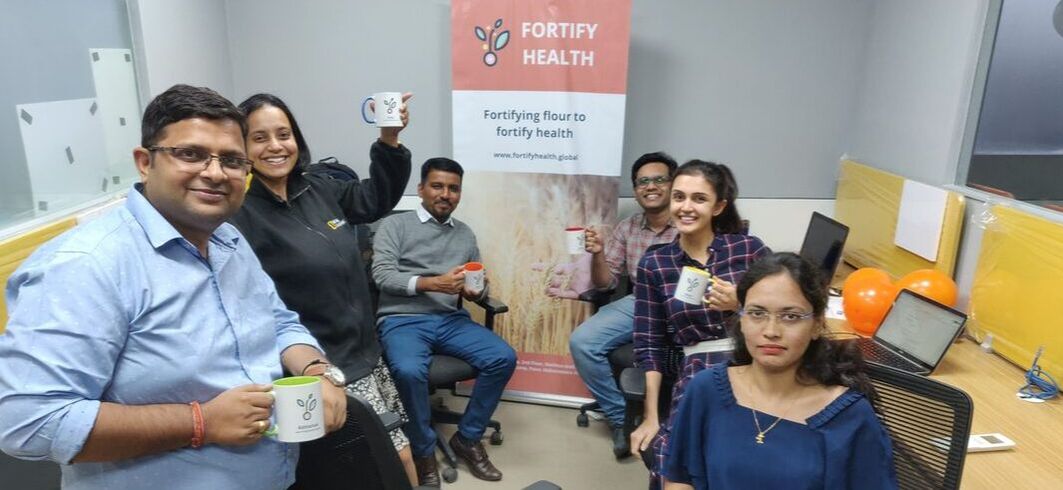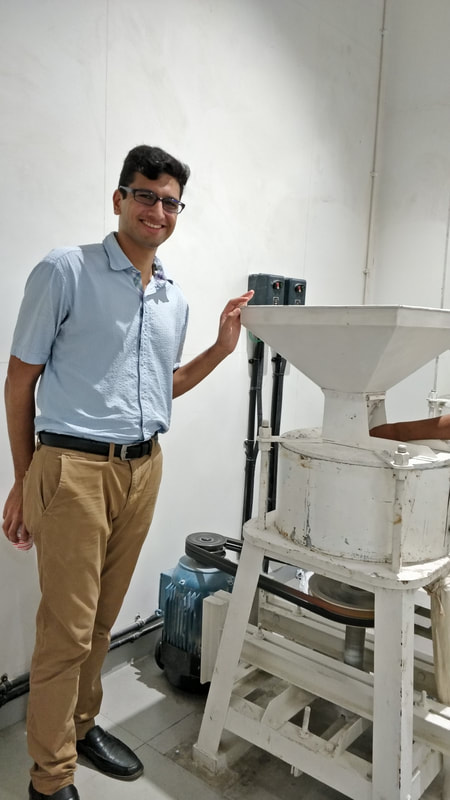0 Comments
|
- About us
- What We Do
- Resources
-
Get Involved
- Donate
-
Jobs
>
- Senior Quality Officer (Pune/Aurangabad)
- Senior Partnerships Officer
- Senior Program Manager
- Associate Director of Monitoring, Evaluation and Research
- Quality Systems Manager
- Senior Monitoring and Evaluation Officer
- Senior Data Officer
- Administration Manager
- Senior HR Officer
- Senior Manager Of Operations




 RSS Feed
RSS Feed
